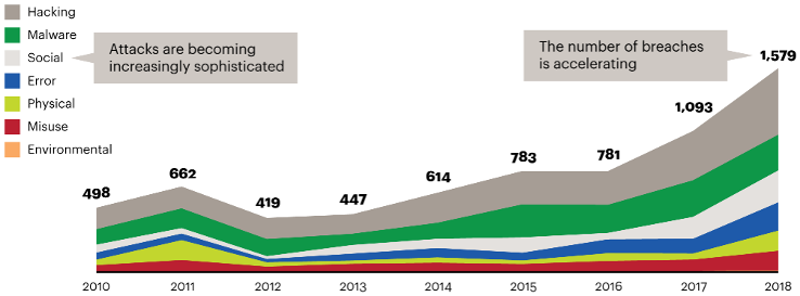The current state of application outsourcing
Gartner research shows that growth in IT services and enterprise software has been present for many years now and nothing suggests it should change. There are underlying trends that shape the way companies work together, though, and being aware of it might provide a competitive advantage. This article focuses on application development outsourcing.
Computer economics published a study called IT outsourcing statistics 2019/2020 with several key take-aways:
- application outsourcing cost and service success have improved significantly over the last few years
- 55% outsourcing organizations are increasing their spending while only 11% are decreasing
- 53% companies say the cost is the same or lower than in-house solutions
- 25% companies rate the service as better, 59% as the same, and only 16% as worse compared to in-house
- SMEs and large enterprises outsource at a very similar levels of frequency -- corporations outsource 50% of total work while SMEs 40%.
- leading sectors are finance and manufacturing, over 70% of them outsource application development
These figures are based on 201 companies from North America with a median revenue of $520 million and $400,000 of outsourcing budget.
Key outsourcing trends for 2020
Focus on delivery
The cost has been the key driving factor for outsourcing growth with labour arbitrage as the main competitive advantage. While lower prices are still an important benefit, they are coupled with requirements for high level of quality and delivery. Skills and experience of developers are thus in focus for many clients, since the lack of in-house talent is becoming one of the main drivers of why companies outsource.
Providers will also see a move from a traditional request for proposal approach into a more cooperative one driven by what's best for the client.
Specialization
While some large corporations are trying to centralize their efforts to a single BPO centre, the general trend for SMEs is to focus on developing strategic alliances with several specialized partners. This goes in hand with higher demands on quality and experience, which is difficult to provide across many fragmented or unrelated technologies and frameworks within one provider.
The complementary trend is a shift in focus on even better project governance to the successful management of more fragmented teams cooperating across many locations. Effective team communication has always been important and will become essential.
Scalability
Preference for long term cooperation with strategic specialized partners coupled with a general shortage of IT workers means that the ability to scale and support a client through different phases of growth will be another key trend for upcoming years.
Smart shoppers for outsourcing services will, therefore, look at the provider's current pool of available talent and also at their level of sophistication attracting and retaining new ones. Providers will have to choose between higher cost and lower developer attrition.
Nearshoring
The attractiveness of nearshoring for outsourcing developers was traditionally driven by geographical proximity, cultural fit and often access to very experienced developers who were unavailable in developed countries.
Two new factors making nearshoring even more attractive are the increased focus on cybersecurity and automation, according to a recent report from A.T. Kearney.

You can expect to see behemoths of the 90's and 00's from Asia facing strong competition from CEE regions as countries such as the Ukraine or the Czech Republic are becoming the new IT hubs.


